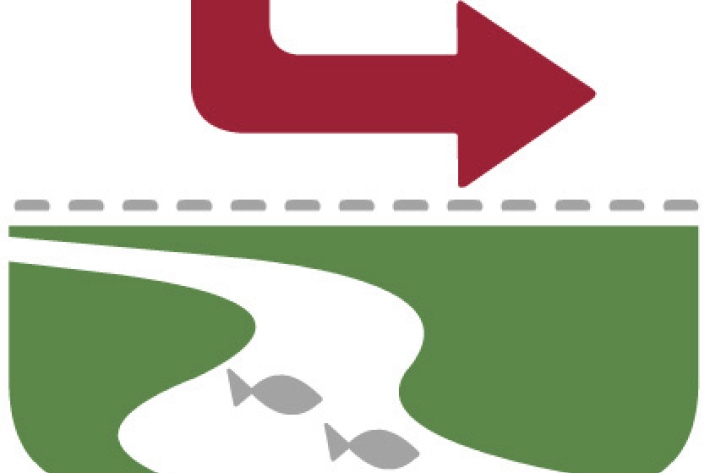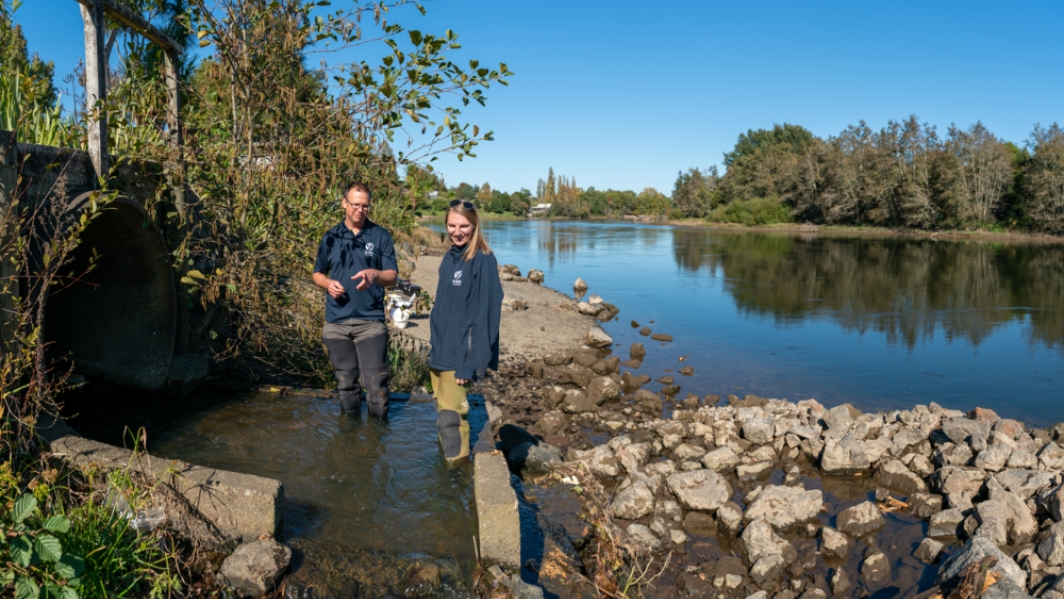-

Mitigation
Steps to minimise the effects of barriers and altered water flows on water quality and mahinga kai -

Mitigation
Here are some simple steps to minimise the effects of nutrient overloading on water quality and mahinga kai. -

Mitigation
Simple steps to minimise the effects of infectious substances on water quality and mahinga kai. -

Mitigation
Here are some simple steps to minimise the effects of sediment on water quality and mahinga kai. -

Mitigation and best practice options
Steps to minimise the effects on water quality and mahinga kai. -

Impacts of wastewater treatment
How does wastewater treatment impact water quality and mahinga kai? -

Impacts of Aquaculture
Impacts of commercial aquaculture on water quality and customary harvest activities -

Meat and dairy processing activities
Meat and dairy products are processed in dairy factories, meat works, tanneries, and factories.


